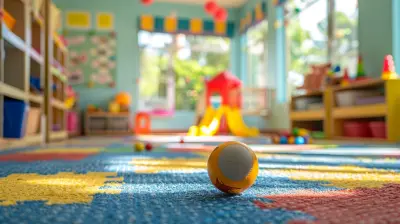Depression in Older Adults: Recognizing the Unique Challenges
30 June 2025
As we age, life inevitably changes—some changes are beautiful, like watching your grandkids grow or having more time to pursue hobbies. But others? They can be tough. Think about retirement, health problems, the loss of a loved one, or feeling less connected to others. These shifts can open the door to something many don’t want to talk about: depression in older adults.
Yep, depression isn’t just a “young person’s issue,” and it’s way more than just feeling sad or bored. For older adults, depression shows up differently, often gets misunderstood, and—sadly—can go unnoticed. So, let’s talk about it. Let’s unpack the unique challenges of depression in older adults and how we can better support aging loved ones with care and empathy.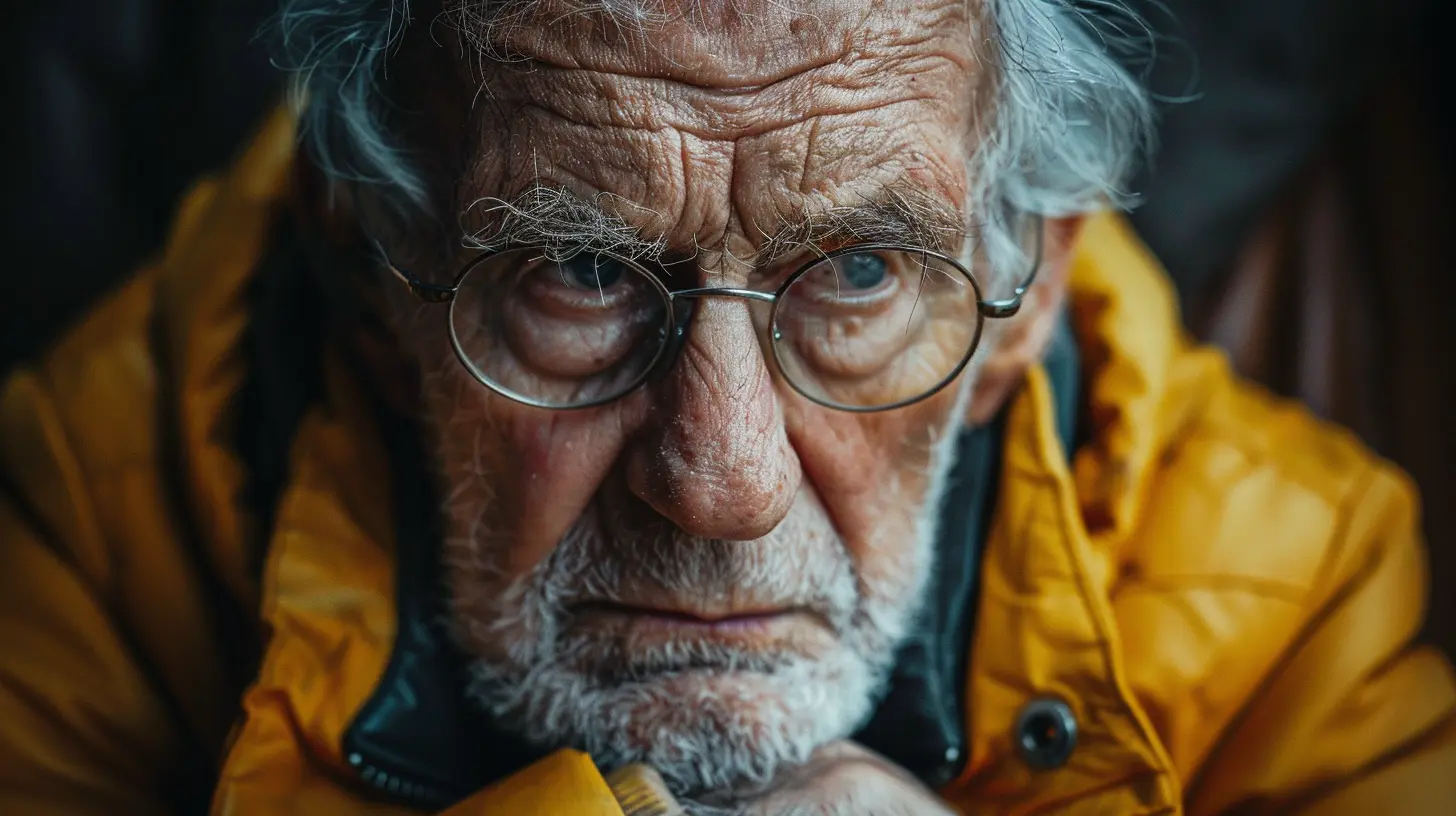
What Exactly Is Depression?
Before we dive in, let’s make sure we’re on the same page.Depression is a real medical condition—no, it’s not just about being “in a funk” or having a rough day or two. It’s persistent. It affects how someone feels, thinks, and even how their body functions. Depression can seep into everyday life, making things like eating, sleeping, and engaging in once-loved activities feel nearly impossible.
It’s more than just "feeling down." It’s like a heavy fog that clouds joy, motivation, and energy.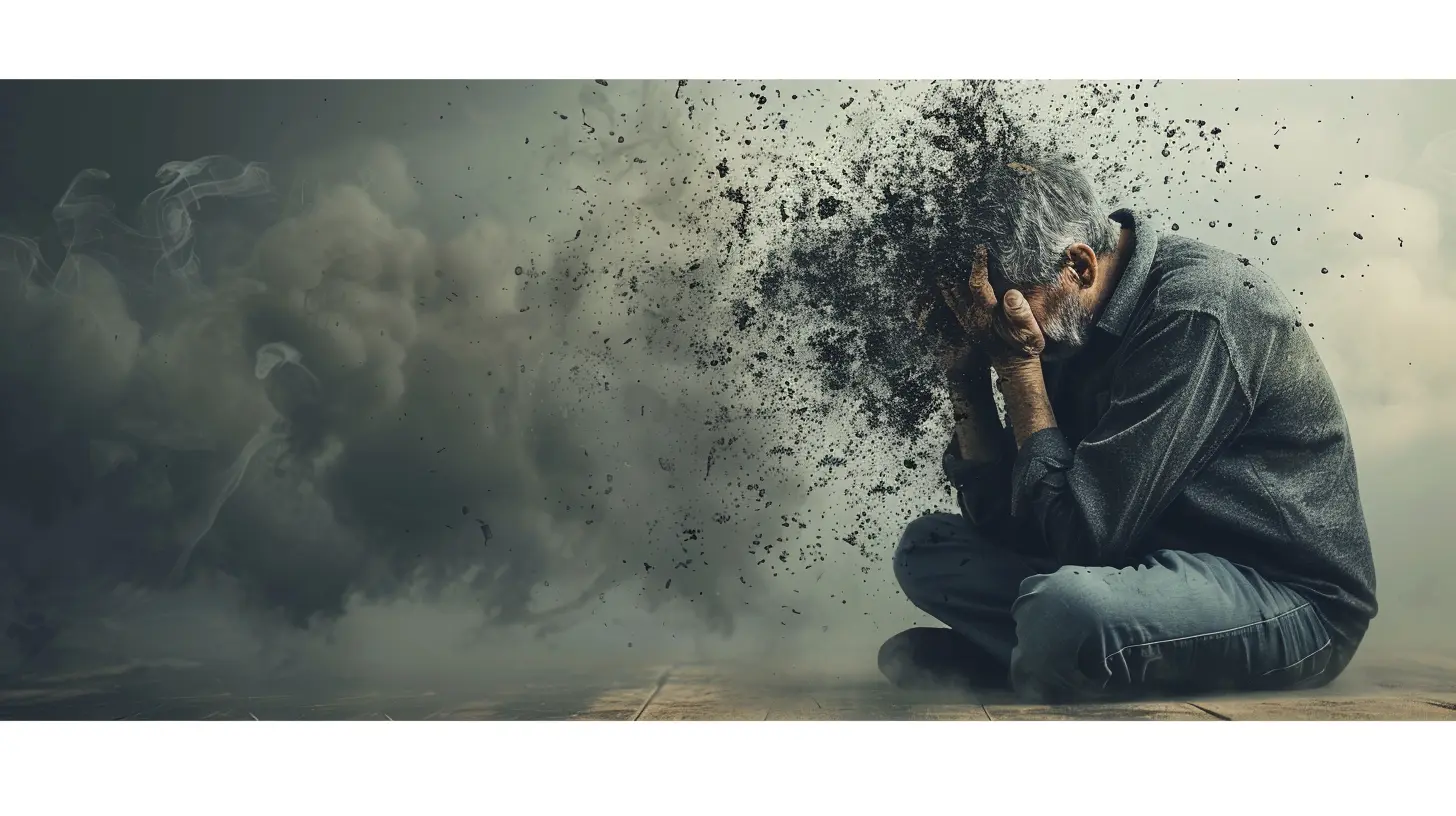
Why Depression in Older Adults Often Goes Unnoticed
Here’s the tricky part: depression in older adults doesn’t always look like what we expect. A younger person with depression might feel overwhelmingly sad and cry often, but an older adult? They could just seem… withdrawn. Or tired. Or complain of physical aches instead of emotional emptiness.Mistaking It for "Normal Aging"
This is one of the biggest hurdles. Feeling fatigued? Losing appetite? Sleeping too much or too little? People often assume, “Well, that’s just part of getting older.” But here’s the thing—it's not. Sure, aging brings change, but persistent sadness, hopelessness, or disinterest in life are red flags we shouldn’t ignore.Underreporting Symptoms
Older generations grew up in a time when mental health wasn't openly discussed. Admitting emotional struggles might feel like admitting weakness, so many suffer in silence. Some might not even realize they’re dealing with depression—they might say “I just don’t feel like myself,” and leave it at that.Let’s be honest: many older adults are downright tough. They’ve been through wars, loss, hardship—you name it. Asking for help can feel foreign, even impossible.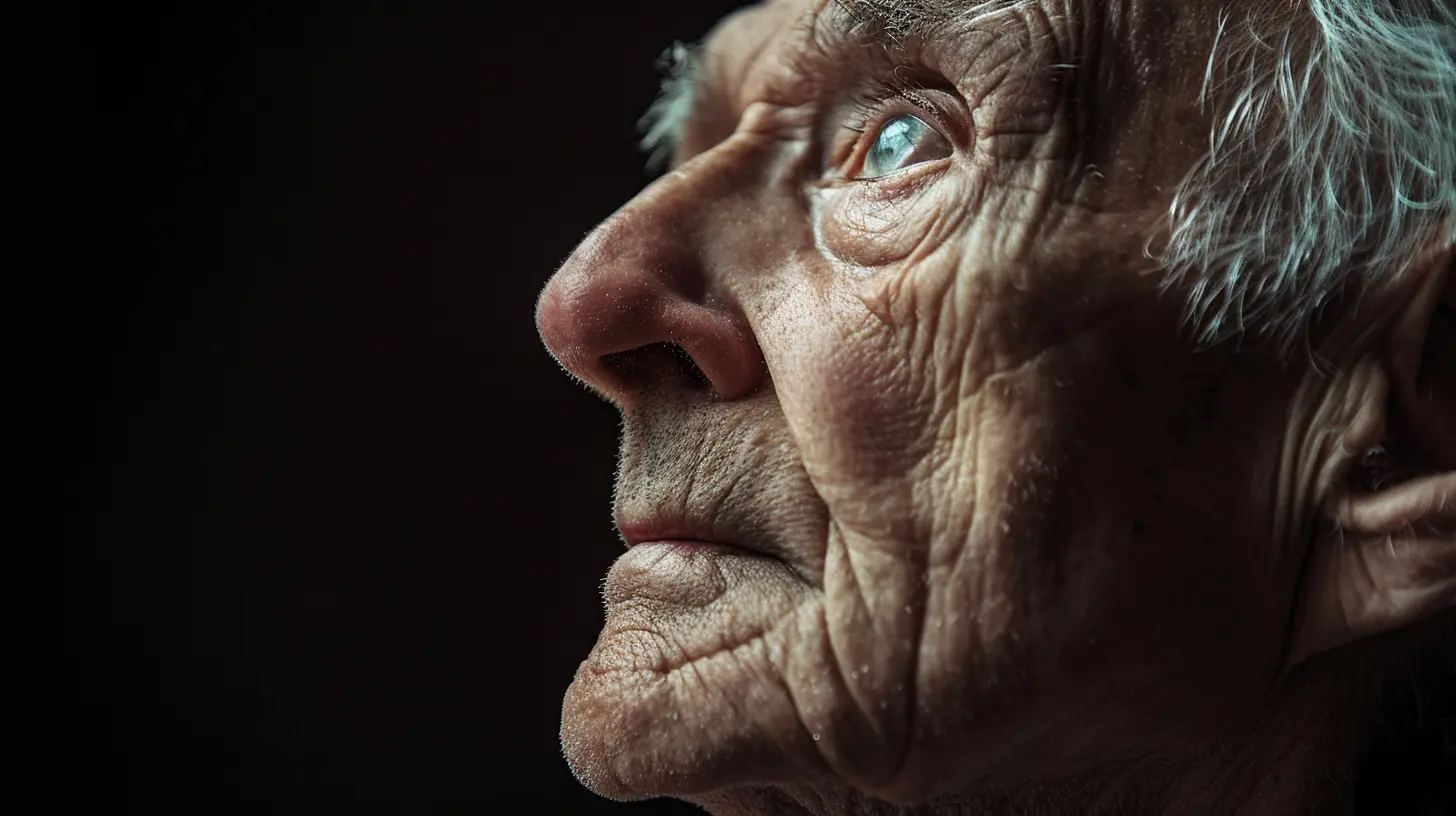
Unique Triggers for Depression in Older Adults
Everyone’s story is different, but certain life events and conditions commonly affect mental health in later years.1. Loss and Grief
Losing a spouse or close friends can be utterly devastating. Grief is normal, yes—but when sadness lingers relentlessly and starts interfering with daily life, it may cross the line into depression.2. Loneliness and Isolation
You might be shocked to know that loneliness is one of the greatest risk factors for depression in older adults. As people retire, relocate, or become less mobile, their social circles shrink. Days become quiet, and that silence? It gets heavy.3. Health Problems
Chronic illnesses like arthritis, diabetes, or heart disease don’t just affect the body. Over time, they chip away at emotional well-being, especially when they limit independence or cause chronic pain.4. Loss of Purpose
Think about this: someone retires after working their whole life. No more hustle and bustle, no more “what’s next” deadlines. While some love the freedom, others feel unmoored—like they’ve lost their identity or purpose.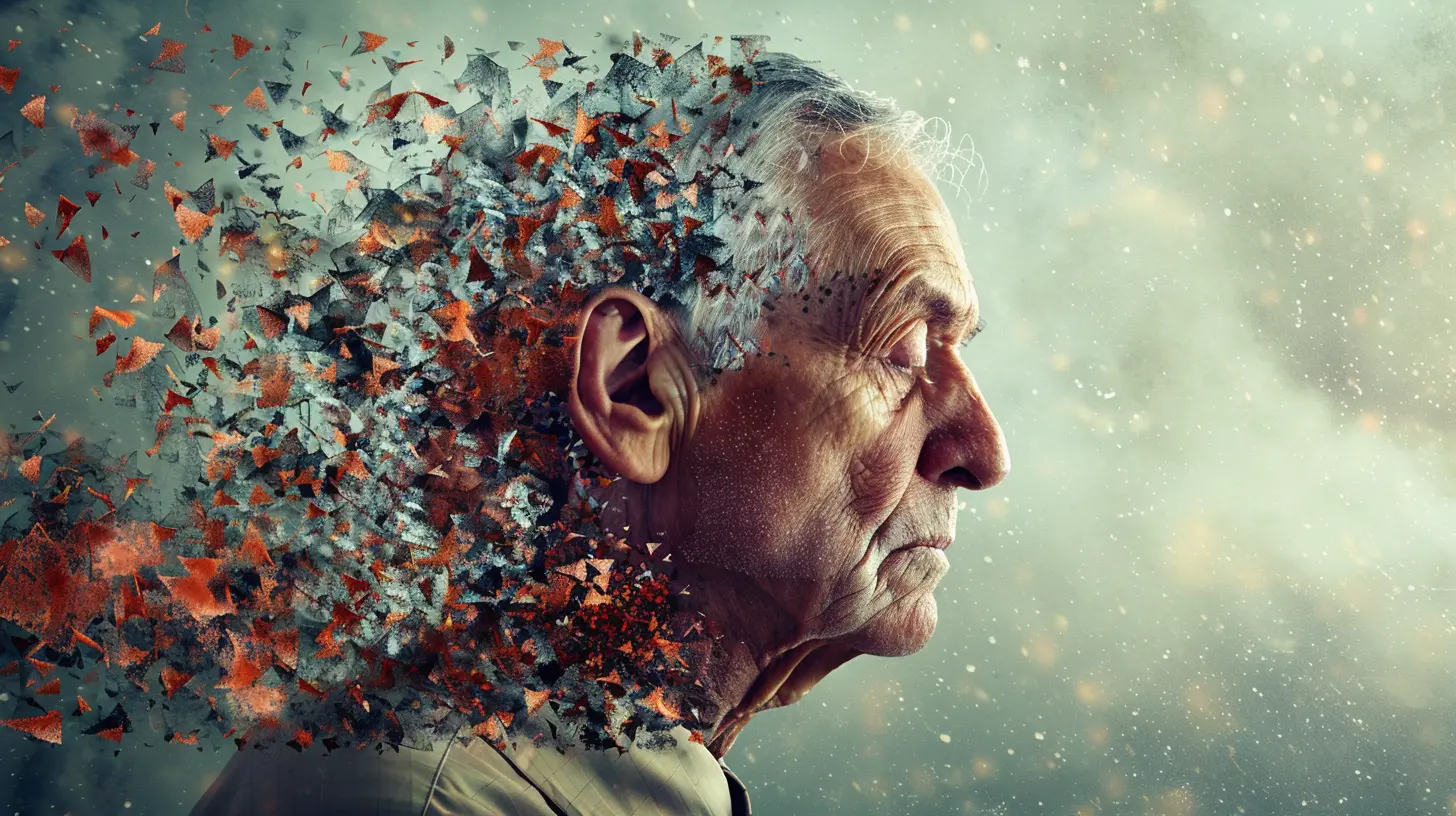
Physical Symptoms That Hide the Emotional Truth
One of the most confusing aspects of depression in older adults is that it doesn’t always look emotional. Instead, it wears a disguise.Here are a few physical clues that might actually signal emotional distress:
- Frequent unexplained aches or pains
- Digestive issues without a clear cause
- Appetite or weight changes
- Fatigue or slowed movements
- Trouble sleeping or sleeping too much
- Restlessness, irritability, or agitation
If you notice these signs in yourself or a loved one, don’t brush them off as “just aging.” The body and mind are more connected than we often realize.
Why It’s So Important to Address Depression in Older Adults
Let’s be real: untreated depression is dangerous.It’s not just about feeling "blue." It affects quality of life, worsens physical illness, and increases the risk for suicide in older adults—especially in older men. According to various studies, white men over 85 have the highest suicide rate of any age group. This is heartbreaking and preventable.
But there’s good news—depression is treatable, even in later life.
Seeking Help: It's Never Too Late
So, what can we do?Treatment is out there, and it works. But the first step is recognizing that help is needed and that it’s okay to ask.
1. Start with a Doctor
Often, depression in older adults is picked up during routine visits. A doctor can evaluate symptoms, rule out underlying health issues, and recommend treatment. That treatment might include therapy, medication, or both.2. Psychotherapy (Talk Therapy)
Seeing a therapist isn’t just for young people! Older adults often benefit from talking things through with someone trained to listen and support. Cognitive-behavioral therapy (CBT), for instance, helps change patterns of negative thinking, while other approaches like interpersonal therapy focus on improving relationships.3. Medication
Antidepressants can be a useful tool, but it’s crucial they’re prescribed carefully for older adults due to potential side effects or interactions with other meds. That’s why working closely with healthcare professionals is key.4. Support Groups
Sometimes, just being in a room (or Zoom call) with others who’ve “been there” can be incredibly healing. Whether it’s a formal support group or a casual meetup, connecting with others makes the burden feel lighter.Practical Lifestyle Tips That Can Make a Big Difference
No, they’re not cures. But small lifestyle changes do add up when it comes to improving mood and emotional well-being.Stay Connected
Encourage regular phone calls, video chats, and visits—even short ones. Simple human connection reminds older adults they’re seen and valued.Encourage Movement
Even light exercise, like a daily walk or stretching, can boost mood. Movement releases feel-good chemicals in the brain. Think of it as nature’s antidepressant.Foster a Sense of Purpose
Volunteer work, hobbies, mentoring, or even caring for a pet can reignite that spark. Everyone wants to feel needed and useful, at any age.Keep the Brain Engaged
Activities that challenge the brain—reading, writing, puzzles, or learning new skills—help fight off cognitive decline and reduce feelings of hopelessness.Supporting a Loved One With Depression
If you suspect an older adult in your life is struggling, start with compassion. It’s not always easy to bring it up, but your concern could be the push they need to seek help.Here’s how you can help:
- Be patient and listen without judgment.
- Encourage them to talk to a doctor.
- Offer to go with them to appointments.
- Keep inviting them to social events or activities—even if they often decline.
- Celebrate small victories without pressure.
And most importantly, remind them that depression is not a weakness or a personal failure. It’s a health issue—and help is available.
Final Thoughts
Aging doesn’t have to mean suffering in silence. Yes, depression in older adults is a serious and often overlooked issue—but it’s not insurmountable. By understanding the unique challenges older adults face and responding with empathy, care, and practical support, we can help make these years truly golden.Whether you’re reading this for yourself or someone you love, know this: there is hope, help, and healing. Let’s break the silence and start the conversation—because no one, at any age, should have to face depression alone.
all images in this post were generated using AI tools
Category:
DepressionAuthor:

Jenna Richardson
Discussion
rate this article
2 comments
Bradley Snyder
Understanding their struggles fosters compassion and effective support for elders.
November 9, 2025 at 4:17 AM
Rhea Oliver
Awareness fosters necessary support.
July 3, 2025 at 4:44 AM

Jenna Richardson
Absolutely, awareness is crucial in understanding and addressing the unique challenges of depression in older adults. Thank you for your insight!
